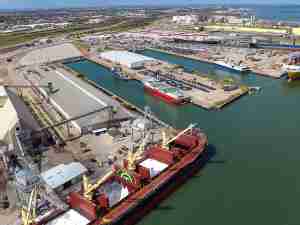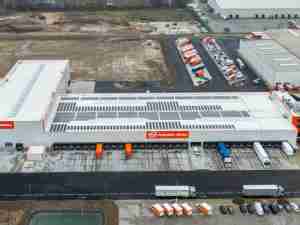The new direct weekly LCL service, operated by Danmar Lines, will cover freight moving from Mainland China to Seattle and Portland on the West Coast in the U.S. and can reduce the overall transit time between China and the U.S. by four days. With cargo shipped directly from Shanghai to Seattle, customers can expect their shipments to arrive in the U.S. within 12 days.
“Most of the freight arriving in on the west coast comes into the Port of Los Angeles, so by DHL offering a direct service into Seattle, we not only providing customer’s shorter transit times but also lessening the carbon footprint,” said Tara Caputo, director of LCL for DHL Global Forwarding North America. “By adding this additional direct service from Asia to northwest region of the U.S., DHL continues to strengthen its overall portfolio of LCL services to customers who are looking for more direct routes with more flexibility.”
Increasingly, MNCs and SMEs alike in China are turning to ocean freight for greater cost efficiencies when introducing a new or expanding an existing export strategy. In 2010, the Port of Shanghai surpassed Singapore to become the world's busiest and largest container port, with a total container throughput of 29 million TEUs. Most recently, Shanghai announced plans to kick start the fourth phase of expansion at Yangshan Deep-Port, a project estimated to cost more than US$1.5 billion. The expansion will increase the deepwater port's handling capacity by 40 percent to 9.3 million TEUs by 2015 and facilitate Shanghai's efforts to build an international shipping hub.
“While the Port of Los Angeles receives the bulk of ocean freight traffic on the west coast, Seattle is also listed as one of the top ten U.S. Customs districts. The Port is fully equipped with container terminals, a foreign trade zone, break-bulk and refrigerated cargo and storage on the premise which allows us to be more efficient when serving our customers,” said Mark McGonegal, regional vice president West Region for DHL Global Forwarding. “Thanks to Seattle’s strategic location and the Port’s capacity we were able to respond to the positive input for this type of service from our Pacific Northwest customers.”







_-_28de80_-_d88095865f9f1cbb4ecdd37edf61c63efd603428_lqip.png)

